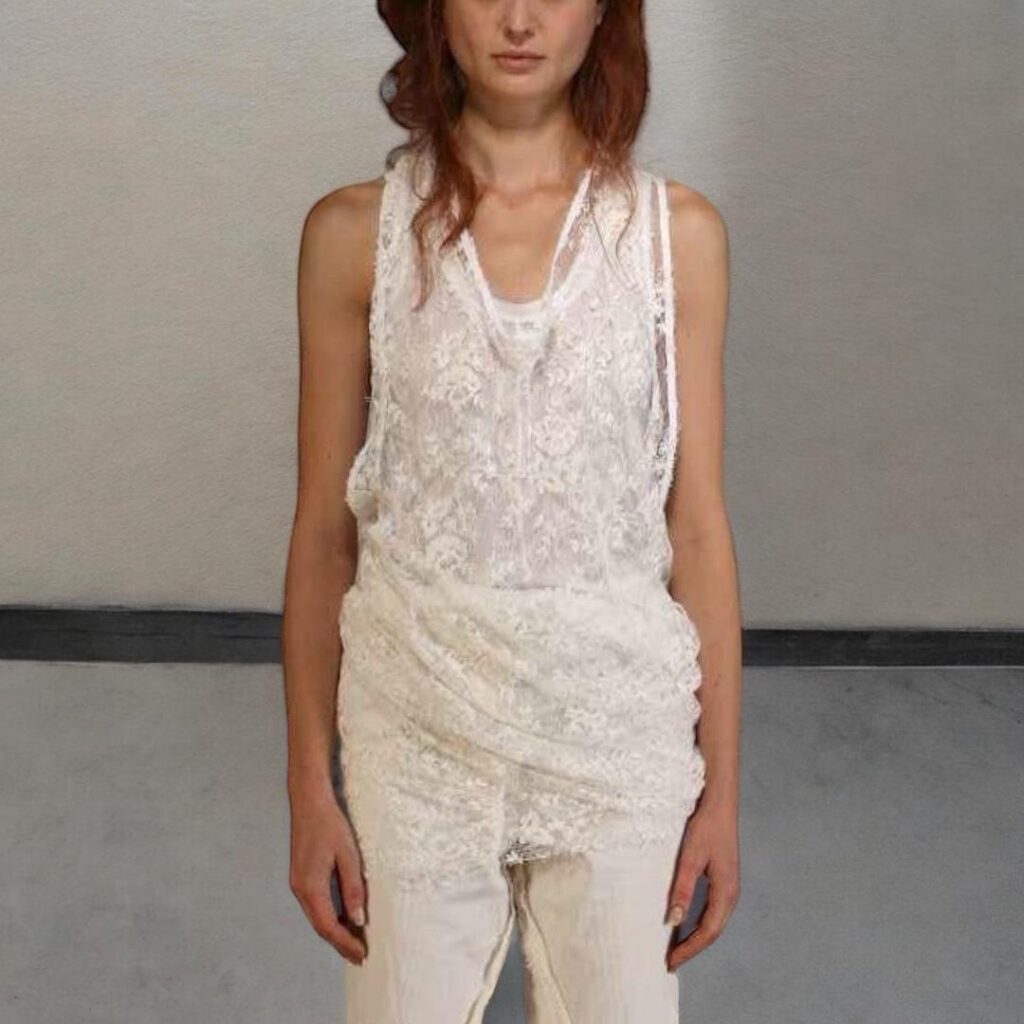The Doherty Shorts – Fashion from Japan
Contemporary Summer Style #ForModernHumans
Introducing The Doherty Shorts by GoodNeighbors Shirts from Tokyo, Japan – our top pick of the week!
GoodNeighbors Shirts stands out for its contemporary, gender-neutral designs that blend style, comfort, and practicality into everyday life.
These dotted shorts are a stylish addition to your summer wardrobe. Specifically, the design focuses on the quality of the fabric, which provides a unique hand feel and enhances the overall wearing experience.
Garment values: timeless, genderless, comfortable, easy-care.
Discover The Doherty Shorts
About the design
The Dot-printed Doherty Shorts feature two front tucks, two side pockets, one back pocket, a zippered front closure, and tiny side slits. The elasticated waistline offers extra comfort. Above-the-knee length. The fresh and breathable fabric undergoes a unique salt-shrinkage process to create an appealing uneven texture and enhance the tactile experience.

About the material
The material is 100% cotton that has undergone a salt-shrinkage process, making the fabric uneven and soft to the skin, ensuring maximum comfort and breathability.
About the colour
Black base with white dots: a stylish and timeless combination.
Laundry
Wash by hand. Easy care product.
Styling tips
The Doherty Dotted Shorts are a versatile addition to your summer wardrobe. For a polished workwear look, pair them with a crisp shirt and loafers. For a special occasion, style them with The Lace Tank Top by Marc Le Bihan and minimal heels. On your day off, opt for The Double Tank Top by Miaoran and flat sandals for a relaxed yet chic ensemble.

How to purchase our selection:
Head to our Instagram account to discover our shop (link in bio)!
Drop us an email or WhatsApp for orders or any further information. Also, you can book your private shopping experience in person or via video call.
International Shipping!
From Milano, our fashion selection #formodernhumans is available for international delivery.
Exclusive Fashion
🖤Our selection intentionally offers limited pieces to ensure uniqueness and a sustainable approach.
Further details, size advice and prices via →WhatsApp
● Please get in touch with us for size guidance before purchasing.
🛍 Treat yourself today! Get yours directly from the suite123 shop!
The Doherty Shorts – Fashion from Japan Read More »
